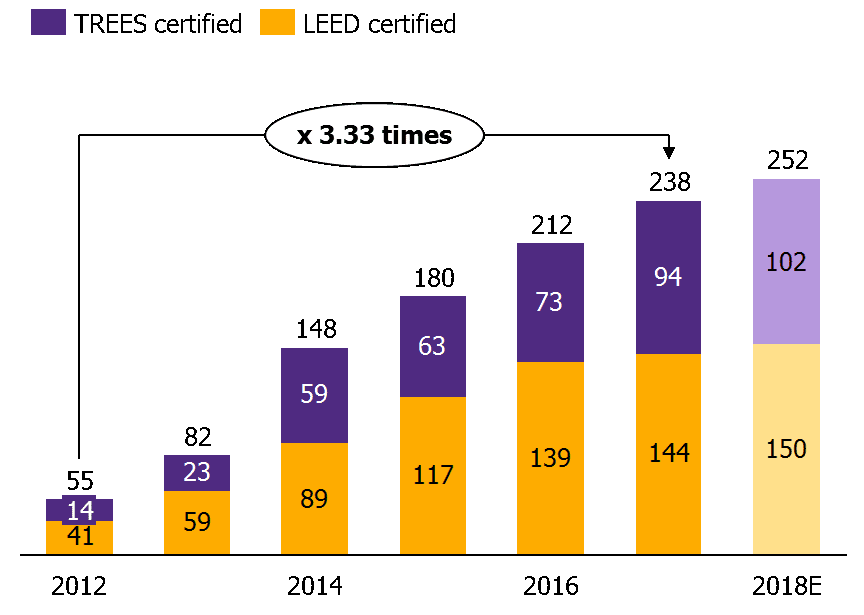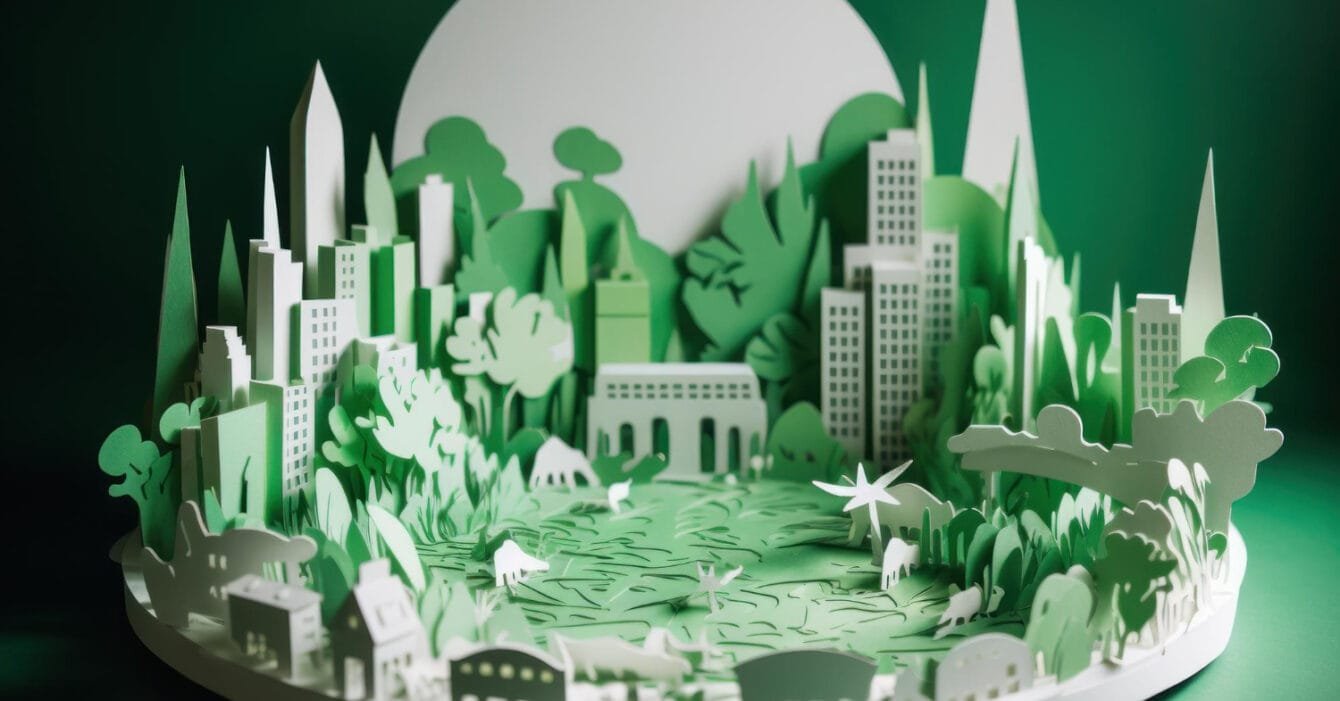Thailand’s approach to green building has taken impressive strides, driven by increased environmental awareness, corporate sustainability commitments, and government policies. Despite an average 20% increase in development costs, Thailand’s Green Building Movement has surged. This movement aligning with both international standards like LEED and local certifications such as the Thai Rating of Energy and Environmental Sustainability (TREES).
Growth in Green Building Certifications and Higher Rental Yields
Bangkok, Thailand’s capital, has witnessed substantial changes in its real estate landscape. Between 2012 and 2017, the number of green-certified buildings in Thailand’s Green Building Movement grew from 55 to 240—a more than threefold increase. Approximately 80% of these projects are office buildings and retail spaces, reflecting the high demand in commercial sectors.

In addition to new construction, the Thailand’s Green Building Movement has extended to retrofits and renovations of older structures. Bangkok, for instance, has already certified 15 buildings older than 15 years. Through major renovations, these buildings now meet green standards, ensuring more sustainable energy use across the urban landscape. JLL’s ESG survey further underscores this trend: about 80% of new leasing activity in Bangkok’s CBD has focused on ESG-compliant spaces.
Higher rents and returns on investment are key motivators for developers to pursue Thailand’s Green Building Movement. They find that green buildings yield rents 20-25% above traditional rates and cut energy and water expenses by as much as 30%.
The 1992 Act for Thailand’s Green Building Movement
The Thai government’s commitment to sustainability has been integral to the momentum in green building. Thailand’s 1992 Energy Conservation Promotion Act was one of the country’s first efforts to legislate sustainable practices. Over time, this act has evolved, leading to new initiatives. For example, the Pollution Control Department’s guidelines for eco-friendly construction and the Sixth National Economic and Social Development Plan’s emphasis on energy-efficient design.
From the groundbreaking of the Energy Conservation Building in 1995 to the Bangkok Yai District Office’s pollution-controlled design in 2009, Thailand has consistently pushed the boundaries of sustainable building.
Thailand’s Energy Efficiency Plan and Climate Change Masterplan
At a national level, Thailand’s Green Building Movement has seen more attention as well. Thailand has committed to the Paris Agreement’s Nationally Determined Contribution goals, pledging to reduce emissions by 20% from projected levels by 2030. Thailand’s Climate Change Masterplan and Energy Efficiency Plan also set ambitious targets, aiming to cut energy intensity by 30% by 2036 compared to 2010 levels.
Recent projects, such as the greening of government and affordable housing, were initiated through the UN’s Nationally Appropriate Mitigation Actions program. These developments are expected to remove significant carbon emissions from the atmosphere, equivalent to taking approximately 60,000 cars off the road annually.
Challenges Facing Thailand’s Green Building Sector
As Thailand’s Green Building Movement grows, it faces certain challenges, especially with the cost implications of high-quality materials and advanced energy management systems. Yet, the benefits of lower operational costs, higher rental returns, and positive market reception have proven worthwhile for developers.
In fact, a recent comparison between traditional office buildings and green-certified structures reveals that green buildings offer a 50% higher Net Present Value and achieve payback 10% faster than non-green counterparts.
Thailand’s Green Building Movement and Global Influence
Looking forward, Thailand’s Green Building Movement are positioned to make a meaningful environmental and economic impact, shaping a more sustainable future for its cities. As Thailand continues to demonstrate its dedication to green construction, it could well become a model for green building across Southeast Asia and beyond.

